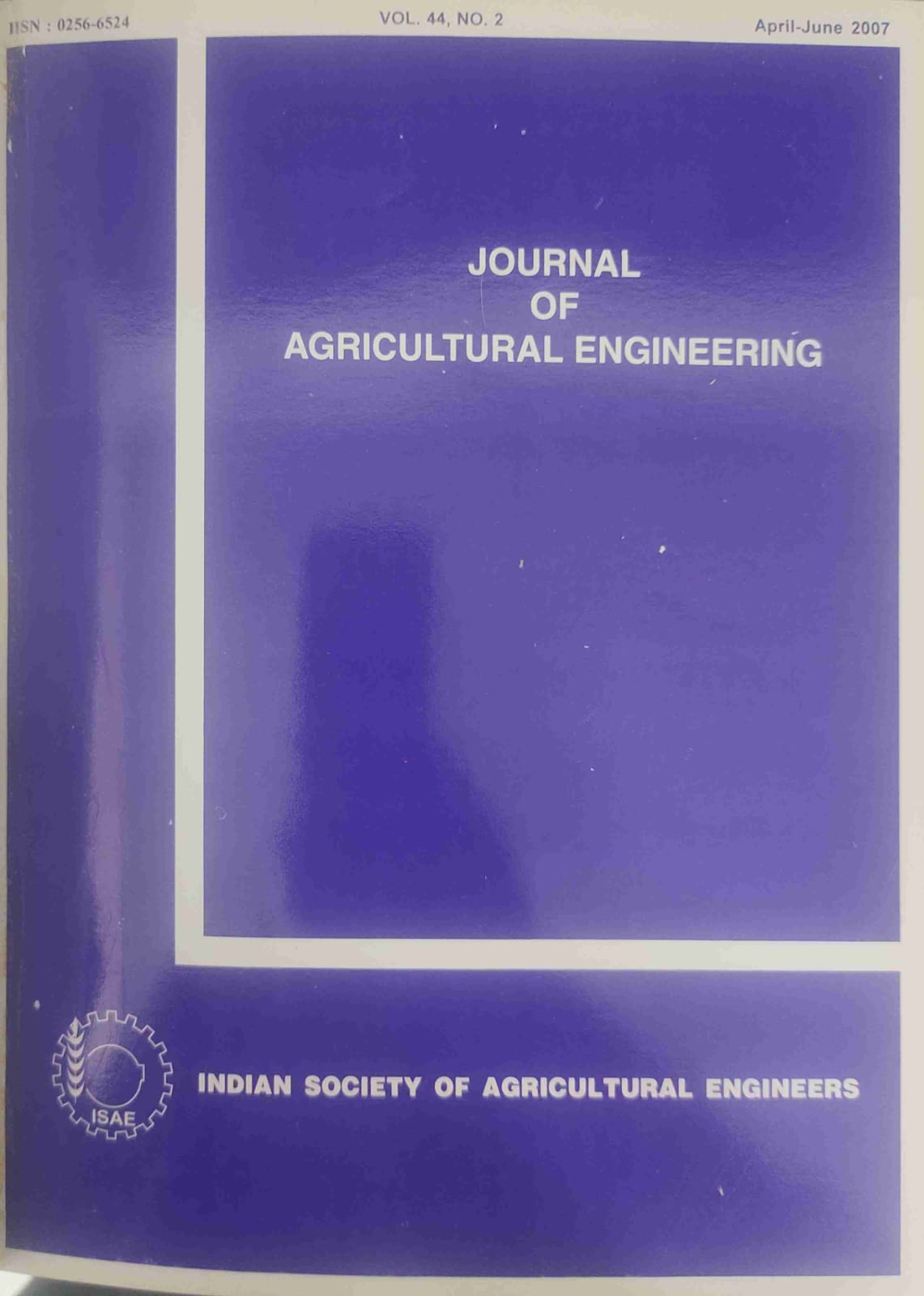A Study on Domestic Energy Situation at different Altitudes of Himachal Pradesh
DOI:
https://doi.org/10.52151/jae2007442.1255Abstract
This paper presents energy availability and consumption pattern at three different altitudes in rural areas of Western Himalayas in Himachal Pradesh, India and explores the possibility of implementing efficient conversion of locally available resources of energy like fuel wood, agricultural residues and cow dung to assure proper energy supply. Energy data was collected from 90 households on different household activities and their source of energy. Among the conventional energy sources, the highest contribution was of electrical energy, which was to the tune 7% of the total energy consumption. The share of non-commercial energy sources accounted for 91% of the total available domestic energy in all the three altitudes. Out of total domestic energy, fuel wood contributed 79-87 per cent, 70%ofwhich was used for cooking.. Space and water heating consumed major portion of fuel wood in all the three altitudes. Although, the agricultural residues recorded second highest share in non commercial energy availability at all the three altitudes but in sharp contrast, to fuel wood their use was just 5 per cent in lew altitude, and almost negligible in other two altitudes. The efficient energy conversion technology like Modified Stoves (chullas) for cooking could save a highest of99.8 MJ/day/household and use of electric kettle (Biju/i Dekchi) and Back Boiler for water heating could save a highest of 80 MJ/day/household of fuel wood energy in high hills. Proper energy management could help ameliorating energy problem in hilly areas and may also save forest by reducing firewood consumption.
References
Anonymous 1999. Best practices- Renewable energy technologies with particular reference to the Hindu Kush Himalayas. lCIMOD, Newsletter No.30, ISSN: 1027-0027.
Guiseppe P. 1984. Renewable Energy Resources-A case study in Kenyan village. AMA, 15 (1), 21-26.
Guleria A.1989. A study of fuel demand supply pattern for Lahul-Spiti and Bharmour Blocks of Himachal Pradesh. Environment and Ecology, 18(4),45-56.
Koukios E G; Pyrgiotis L.A; Tsoutsos T D.1991. The role ofbio-energy in the energy system of the Aperathon village. Energy, 16(9), 1213-1214.
Kumar P. 2004. Study on energy consumption pattern in rural areas of different altitudes ofHimachal Pradesh. MSc Thesis, Division ofAgricultural Engineering, IARI, New Delhi.
Mulugetta Y.1999. Energy In Rural Ethopia: Consumption Patterns, Associated Problems, and Prospects for a Sustainable Energy Strategy. Energy Sources, 21, 527-539.
Pandey U; Singh J S. 1984. Energy -flow Relationships Between Agro-and Forest Ecosystems in Central Himalaya. Environmental Conservation, II (1),45-53.
Prasad R.1999. Consumption pattern in development of an improved chulla in cold regions of Northen India. Boiling Point Spring, (42),30-32.
Wijesinghe L. 1984.A sample Study of Biomass fuel consumption in Sri Lanka Households. Biomass, 5, 261-282.














